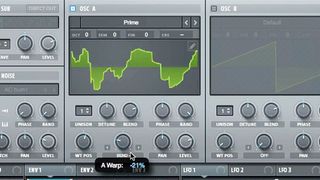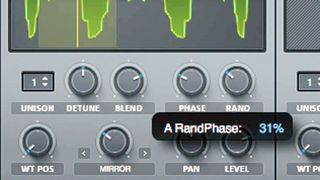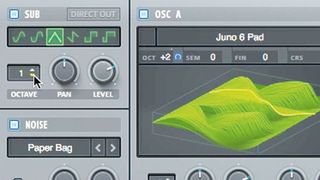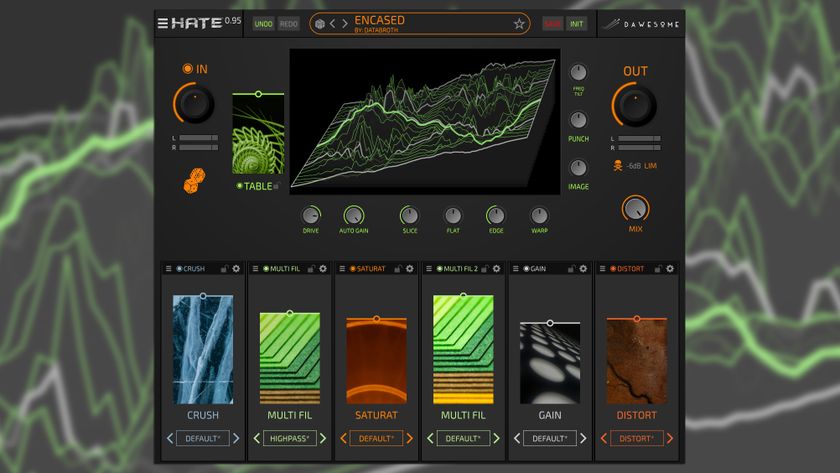How to get more out of Xfer Records' Serum’s oscillators
Let's go deep with the architecture behind Serum’s enviable sonics
Xfer Records’ Serum is well established as an essential synthesiser for dance music production. With its intense modulation system, stunning onboard effects and beautiful filters, there's seemingly nothing it can't do when it comes to generating rich, glossy, punchy electronic sounds of all kinds.
Perhaps the best thing about Serum, though, is its powerful dual wavetable oscillators, which offer plenty of control and a diverse bank of included wavetables. Here, we'll put them under the microscope and show you how they work.
For more Serum tutorials, get the May 2018 edition of Future Music.

Step 1: The most immediate way to mess with Serum’s waveforms is to use the Warp control. Here you select between ways to skew and bend the waveform, including asymmetry, mirroring, syncing, remapping and amplitude/frequency modulation sourced from oscillator B.

Step 2: Phase dictates at which point in the cycle playback will actually start, while the Random control widens the start range out beyond the specified point. Tuning is handled a lot like any other synth: tune an oscillator in octaves, semitones and cents. The only one of these that can actually be modulated, though, is the Coarse tuning parameter.

Step 3: All of the above can be done for each of Serum’s two main oscillators, of course, for double the fun; and there are Sub and Noise oscillators to get your teeth into, too. The Sub oscillator has waveform and octave selectors, as well as panning and levelling controls.

Step 4: Serum’s noise oscillator works with sampled noise signals rather than synthesised ones. This might sound like a disadvantage at first, but scrolling through the list of sources will set you straight. There’s panning and levelling here, as well as the Phase and Rand controls from the main oscillators. You can Pitch the noise manually or control it from the note played.
Get the MusicRadar Newsletter
Want all the hottest music and gear news, reviews, deals, features and more, direct to your inbox? Sign up here.

Step 5: Serum’s main oscillators can also accept PNG images as source files. Make sure you’ve got the latest version downloaded to make use of this feature. Just drag a PNG graphic in to load it up. The luminance of the image establishes the amplitude of the waveform at that point in the table.
Future Music is the number one magazine for today's producers. Packed with technique and technology we'll help you make great new music. All-access artist interviews, in-depth gear reviews, essential production tutorials and much more. Every marvellous monthly edition features reliable reviews of the latest and greatest hardware and software technology and techniques, unparalleled advice, in-depth interviews, sensational free samples and so much more to improve the experience and outcome of your music-making.

“My management and agent have always tried to cover my back on the road”: Neil Young just axed premium gig tickets following advice from The Cure’s Robert Smith

It might be called Hate, but Dawesome's new wavetable distortion plugin actually looks rather loveable











